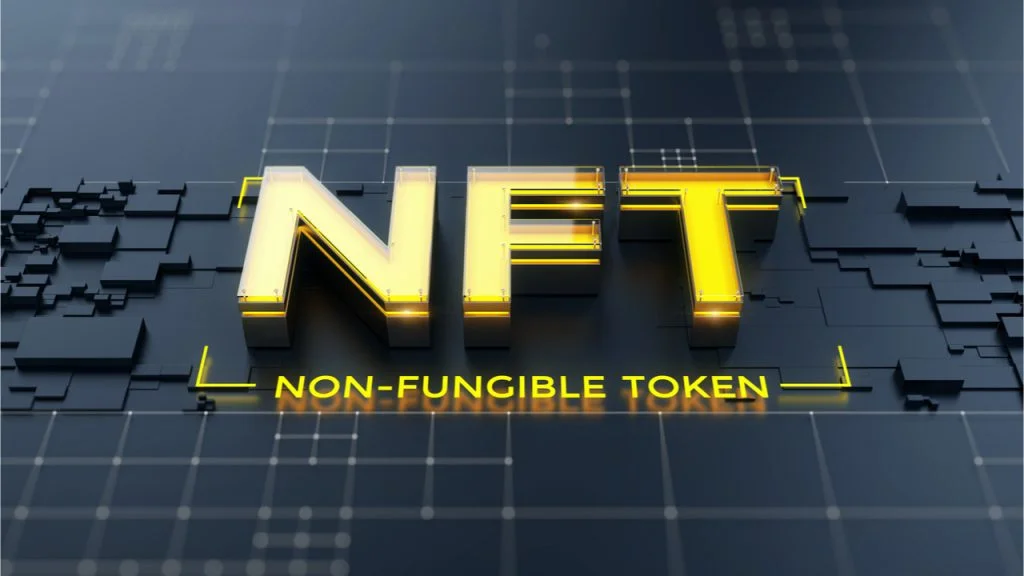According to Chainalysis, retail customers accounted for more than 80% of all nonfungible token (NFT) transactions for less than $10,000 in 2021.

NFT transaction trends for the year 2021
“The 2021 NFT Market Explained,” a report from blockchain analytics firm Chainalysis published on Dec. 6, detailed NFT transaction trends for the year 2021. Between January and October 2021, Chainalysis researchers looked at on-chain data.
While retail transactions accounted for more than 80% of all NFT transactions on any given day in 2021, collector-sized transactions increased from 6% in March to 19% by October 31, indicating a rise in larger collectors as the year went on.
According to the report, institutional transactions accounted for less than 1% of all transfers but 26% of total trading volume during the period.
A retail transaction is one that is worth less than $10,000, whereas a collector transaction is one that is worth between $10,000 and $100,000. According to the research, an institutional-sized transaction is one that is worth more than $100,000.
Retail accounted for the majority of total transfers, but collectors and institutions have accounted for the majority of NFT dollar-denominated transfer volume since March.
Collector-sized transactions accounted for 63% of the volume, while institution-sized transactions accounted for 26%, implying that retail transfers accounted for 11% of the total volume during the study period.

The researchers compared the NFT market to the larger cryptocurrency market, where retail transactions account for a much smaller percentage of all transactions.
“The info reveals that the NFT market is way extra retail-driven than the normal cryptocurrency market, the place retail transactions make up a negligible share of all transaction quantity.”
Several factors, including the earning potential associated with NFTs, drove cryptocurrency adoption through 2021. According to a report from Cointelegraph Research, the record $17.7 billion in NFT sales expected through 2021 demonstrates this.
NFT sales totaled $300 million in the last week, with nearly a quarter of that coming from metaverse land purchases at The Sandbox.
According to Chainalysis, at least $26.9 billion in cryptocurrency has been sent to ERC-721 and ERC-1155 (the industry’s most popular Ethereum standards for NFTs) contracts through 2021.
Whitelisting greatest for income
Despite the massive sums of money spent on NFTs, according to the research, “just 28.5 percent of NFTs purchased during minting and later sold on the platform result in a profit.”
To improve your chances of profiting from a newly-minted NFT, Chainalysis recommends becoming whitelisted. On OpenSea, users who made the whitelist for a minting event profited 75.7 percent of the time, compared to 20.8 percent of those who did not.
“The info suggests it’s practically not possible to realize outsized returns on minting purchases with out being whitelisted.”
However, NFTs purchased after minting on the secondary market “lead to profit 65.1 percent of the time,” according to the paper, implying that if one cannot reach the whitelist, it is better to wait for an NFT collection to hit the secondary market than participate in a minting event.
